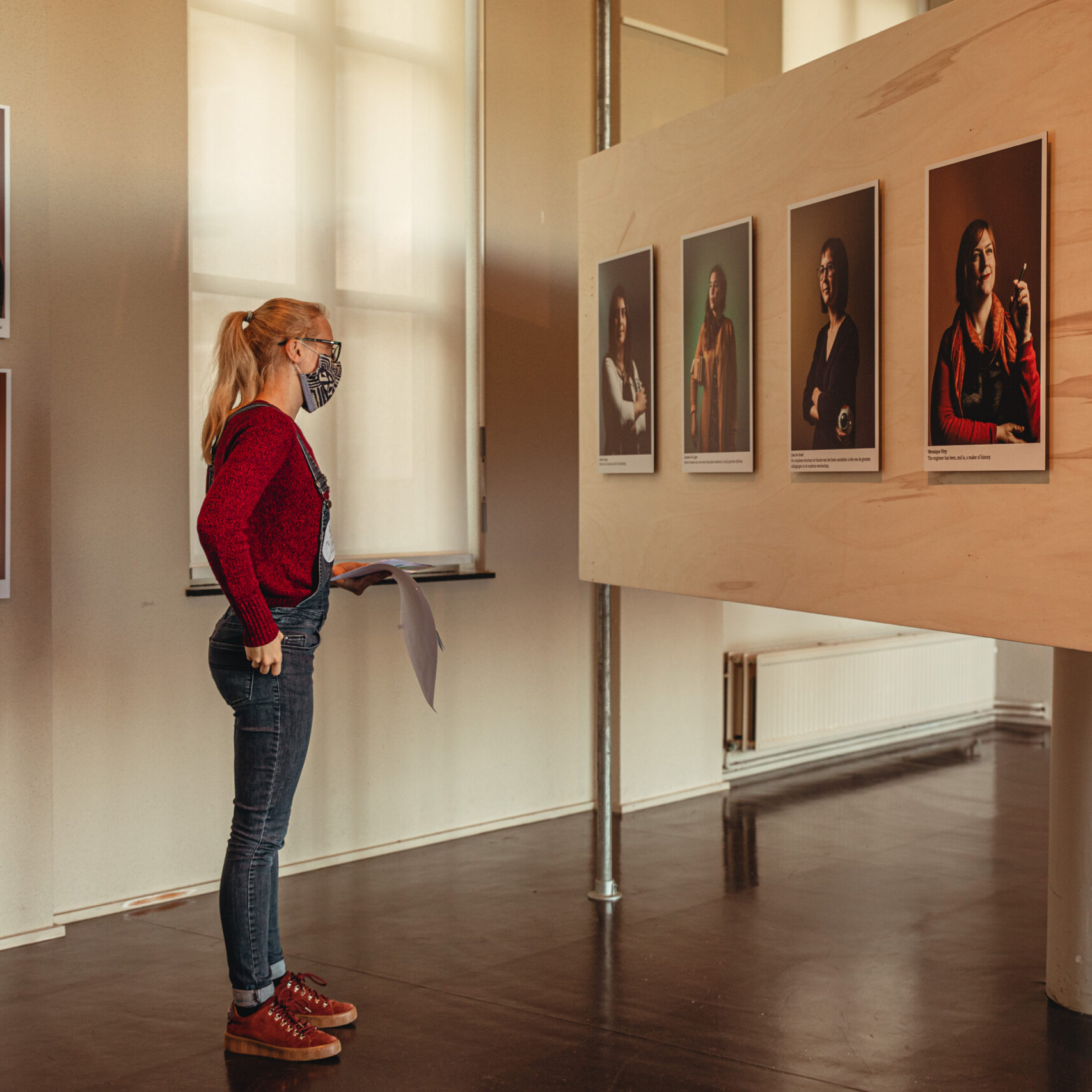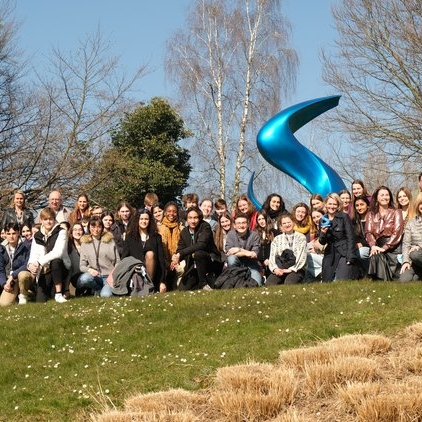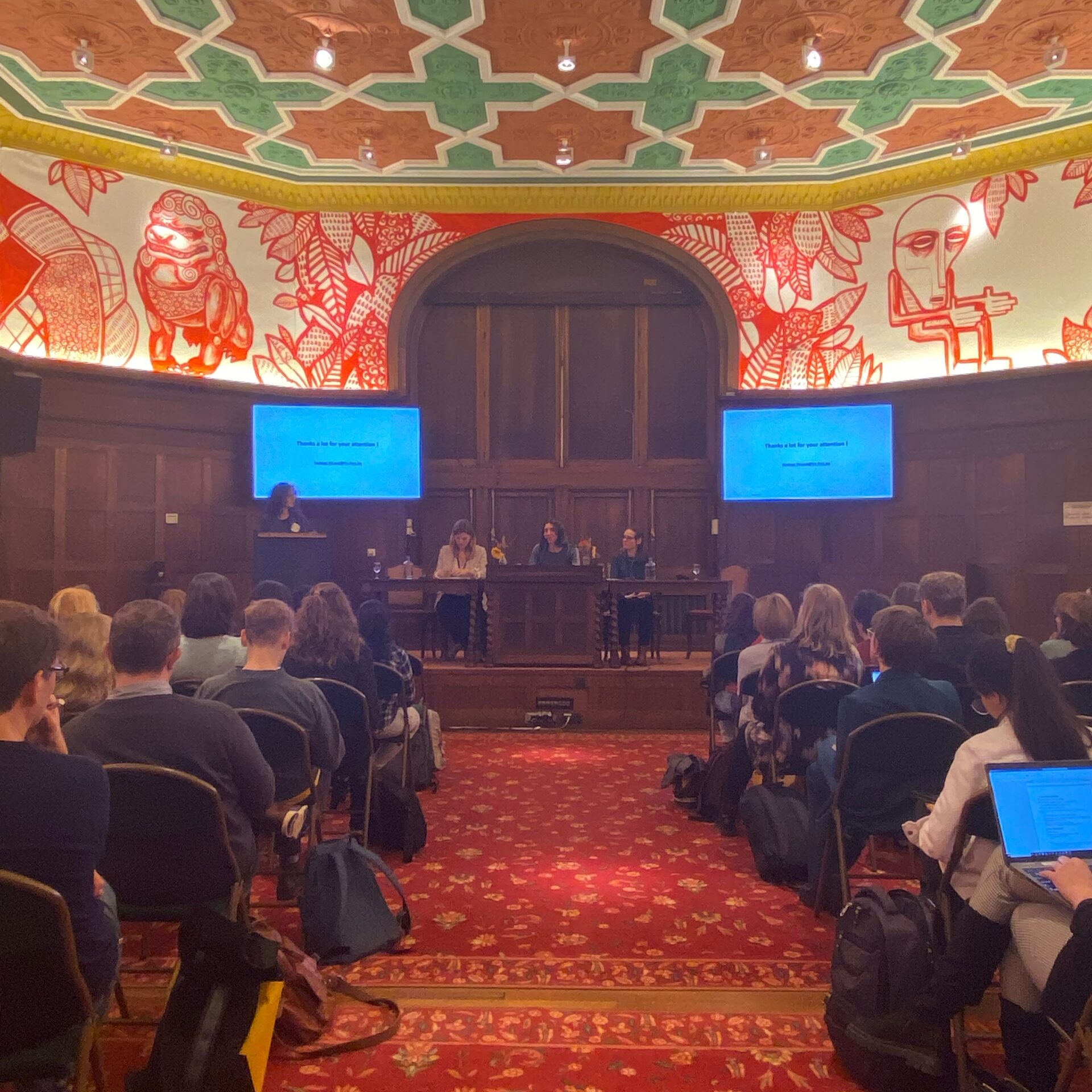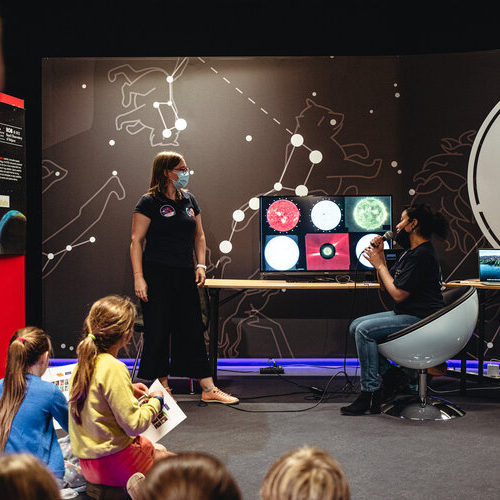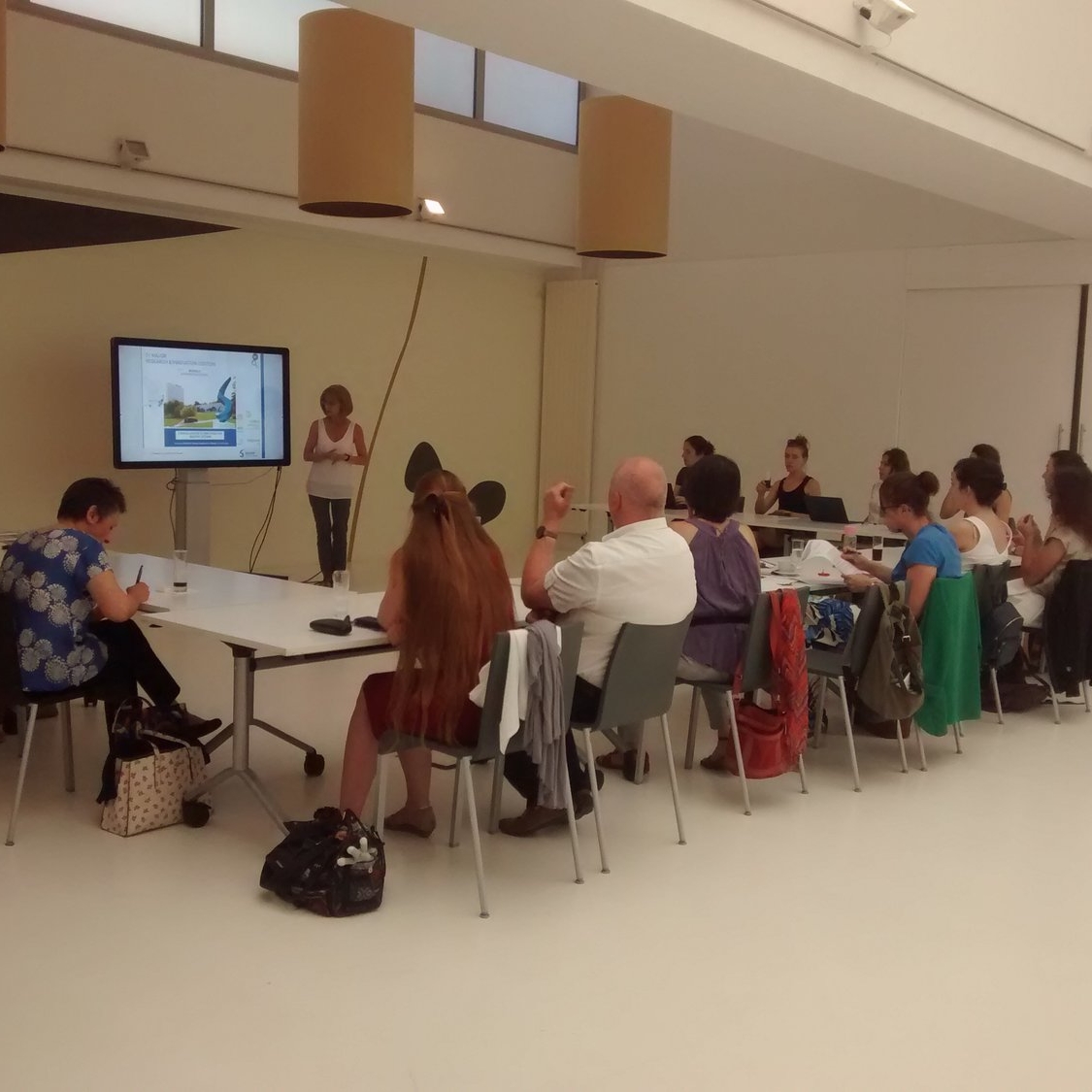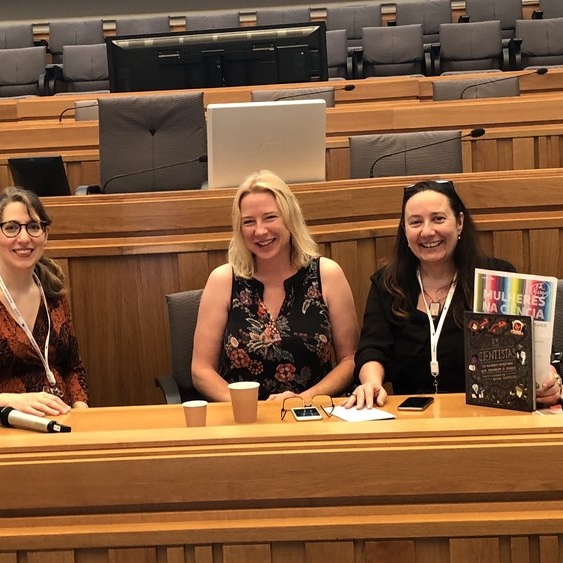How good (or bad) is the situation? Consult facts and figures on gender equality in Belgium, Europe and beyond.
- Europe’s She Figures 2021 and She Figures 2018
The ‘She figures’ publication provides a range of indicators on gender equality in research and innovation at pan-European level. It aims to give an overview of the gender equality situation, using a wide range of indicators to examine the impact and effectiveness of policies implemented in this area.
On this page, you can find the yearly reports on gender equality at the 7 French-speaking Belgian Universities, based on eleven key indicators. In addition, the reports bring together good practices for the promotion of gender equality, developed at the institutional level (governance, diagnosis, communication), at the staff level (recruitment/promotion, work-life balance, mobility), in teaching (teaching offer, awareness-raising), in research and in services to society.
The rectors of the five Flemish universities signed a charter on Gender in Academia on 26 June 2019. It builds on the universities’ ongoing efforts and aims to accelerate the transition to gender equality in academia. In recent years, the five universities made progress in this area in the various staff departments. However, if the current course is maintained, it will take at least until 2050 before there can be actual gender balance among academic staff in our universities. Therefore, in 2019, the rectors decided to sharpen their commitments to more gender equality and shift up a gear where necessary.
- A Report on Women in Polish Political Science, from Diagnosis to Cooperation, Agata Włodkowska-Bagan and Małgorzata Winiarczyk-Kossakowska, 2019
The perception of women has changed in many areas of public life, including in scholarship in general, and in political science. Gender is still a factor influencing access to power at institutions of higher learning, hampering the advance of academic careers, and affecting other areas of socio-economic life.
This publication is an attempt to diagnose the situation of women political scientists employed at 22 public institutions of higher learning in Poland. We hope that the findings will allow us, women political scientists, to better understand each other, strengthen collaboration, and—above all—to show what we have to overcome and how to deal with the challenges on a nationwide basis. We also hope that our findings will lead to further discussion about Polish political science, women political scientists, and women in scholarship.
- Understanding and encouraging women in STEM in the USA, an overview by moneygeek with insights from the American Association of University Women
The lack of women in science, technology, engineering, and mathematics is nothing new, but federal efforts in the last decade have reignited the conversation and addressed the gender gap in STEM fields. Many business leaders and tech entrepreneurs have also stepped up to help diversify the industry. Yet despite these recent initiatives, women are still heavily underrepresented. Learn more about women in STEM, including what types of resources are available to help budding female STEM professionals break barriers.
- A Guide for Women in STEM: Closing the Gender Gap published by Masters in Data Science
As stated by Sheryl Sandberg, “We need women at all levels, including the top, to change the dynamic, reshape the conversation, to make sure women’s voices are heard and heeded, not overlooked and ignored.”
There is an array of barriers that women in STEM face from educational opportunities to occupational prospects. Become aware of the challenges that women in STEM face and learn about how to close the gender gap.
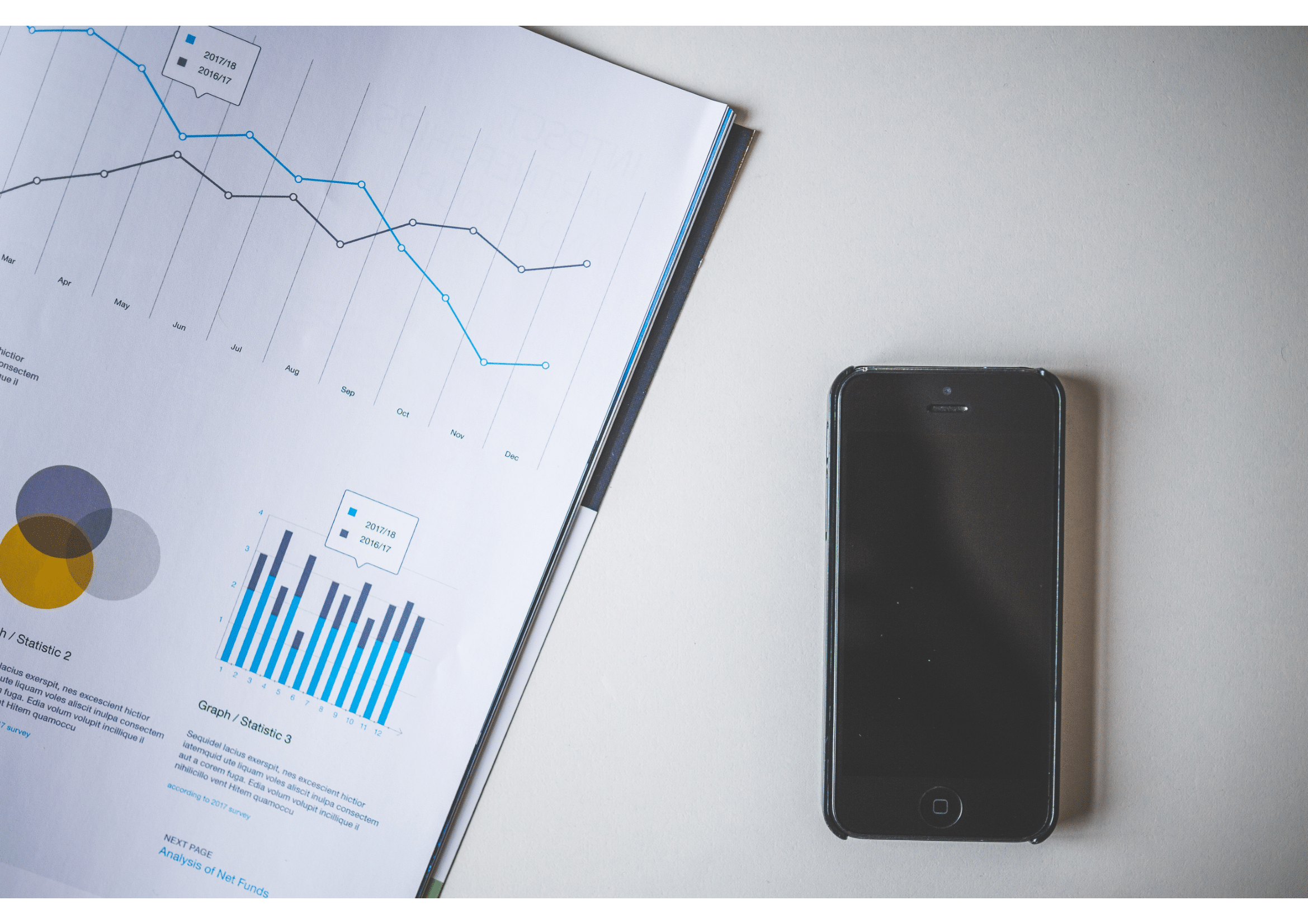
More Inspiration
Become a member
BeWiSe is open to everyone working or having worked at all levels in science and engineering in the public and private sectors and to individuals who promote equal participation of women in science.
By becoming an affiliated member of BeWiSe, you can access the mentoring programme, shape our future during the General Assemblies and take part in special events like Lunch & Learn and Going for Leadership.




